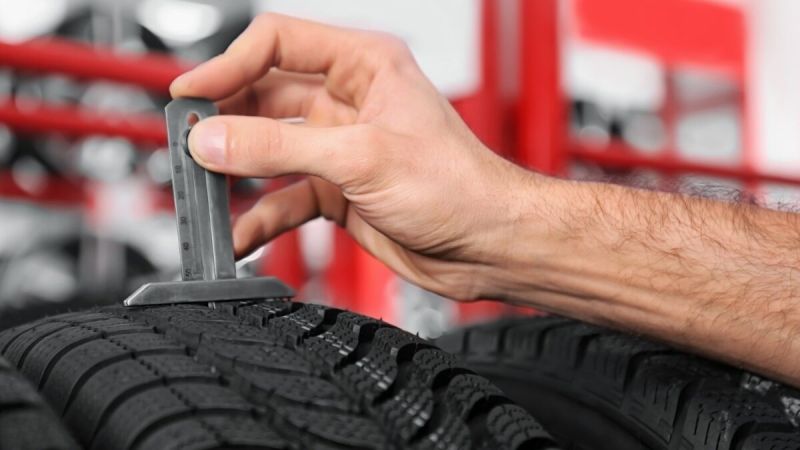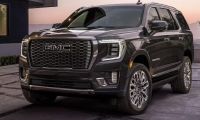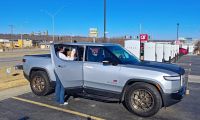OEM is Not Always the Best for You and Your Car
In earlier articles we’ve discovered that (in general) you should always stick with OEM parts designed for your model of car. Primarily because you run the risk of that aftermarket car part being subpar in performance and/or has a fit that is slightly off.
There is also the risk of buying a look-like counterfeit car part meant to scam a budget-minded shopper looking to save money on his or her car repairs.
Related article: Fake Toyota Part Fail Warning
Furthermore, even if the non-OEM part is from a reputable company, many car owners mistakenly believe if anything is high-performance that it is a good way to upgrade your vehicle…when in reality it is not.
However, there are times when it pays in both performance and price to go with a non-OEM part. One example is your car’s tires.
Your OE Tire Basics
Original Equipment (OE) tires are those that come fitted on a vehicle from the factory. They are specifically chosen by the vehicle manufacturer to match the performance, handling characteristics, and safety requirements of the car.
Whether OE tires are the best choice for your car depends on various factors:
Performance and Handling: OE tires are designed to complement the vehicle's suspension, chassis, and performance characteristics. They are optimized to provide a balance of comfort, traction, and handling that matches the intended driving experience of the car. If you value the original driving feel of your vehicle, OE tires might be the best choice.
Safety: Vehicle manufacturers select OE tires to meet specific safety standards and requirements. These tires are tested and chosen to provide adequate traction, braking performance, and handling in various driving conditions. Using OE tires can help ensure that your car maintains its intended safety features.
Warranty and Liability: Some vehicle warranties may specify that only OE tires should be used to maintain warranty coverage. Using non-OE tires could potentially void certain aspects of the warranty and may also raise liability concerns if there are any issues related to tire performance.
Cost and Performance Trade-offs: While OE tires are designed to match the vehicle's performance characteristics, they may not always be the best option in terms of cost or specific performance requirements. Depending on your driving preferences, budget, and local driving conditions, aftermarket tires with different tread patterns, compounds, or performance ratings may better suit your needs.
Driving Conditions: If you live in an area with specific climate or road conditions, you may need tires that are better suited to those conditions than the OE tires provided with your vehicle. For example, if you frequently drive in snowy or icy conditions, you might consider switching to winter tires for better traction.
Ultimately, the decision to use OE tires or opt for aftermarket tires depends on your priorities, driving habits, and budget. It's essential to consider factors such as performance, safety, warranty requirements, and local driving conditions when choosing the best tires for your car. Consulting with a trusted tire professional or referencing your vehicle's owner's manual can also provide valuable insights into suitable tire options for your specific vehicle model.
Some Important Considerations that Support and Counter Buying OE Tires
To discover some important considerations when it comes to deciding on what tires to buy when it is time to replace the tires that came with your car, here is an interesting and informative look at the decision by a tire expert from the Tyre Reviews YouTube channel who reveals some things you might not know about your new car tires.
This is Why You Should Not Fit OE Tires to Your Car!
For additional articles related to tires, here are three for your consideration:
- Best Tire Brands of 2024 You Should Be Buying This Year
- Best SUV and Truck Tires of 2024 for All Season and Snow Driving Conditions
- Consumer Reports Best Car Tires of 2024
Timothy Boyer is an automotive reporter based in Cincinnati. Experienced with early car restorations, he regularly restores older vehicles with engine modifications for improved performance. Follow Tim on “Zen and the Art of DIY Car Repair” website, the Zen Mechanic blog and on Twitter at @TimBoyerWrites and Facebook for daily news and topics related to new and used cars and trucks.
COMING UP NEXT: Best Used Toyota Cars, SUVs, and Trucks Under $20,000 for Friends and Family
Image source: Deposit Photos












